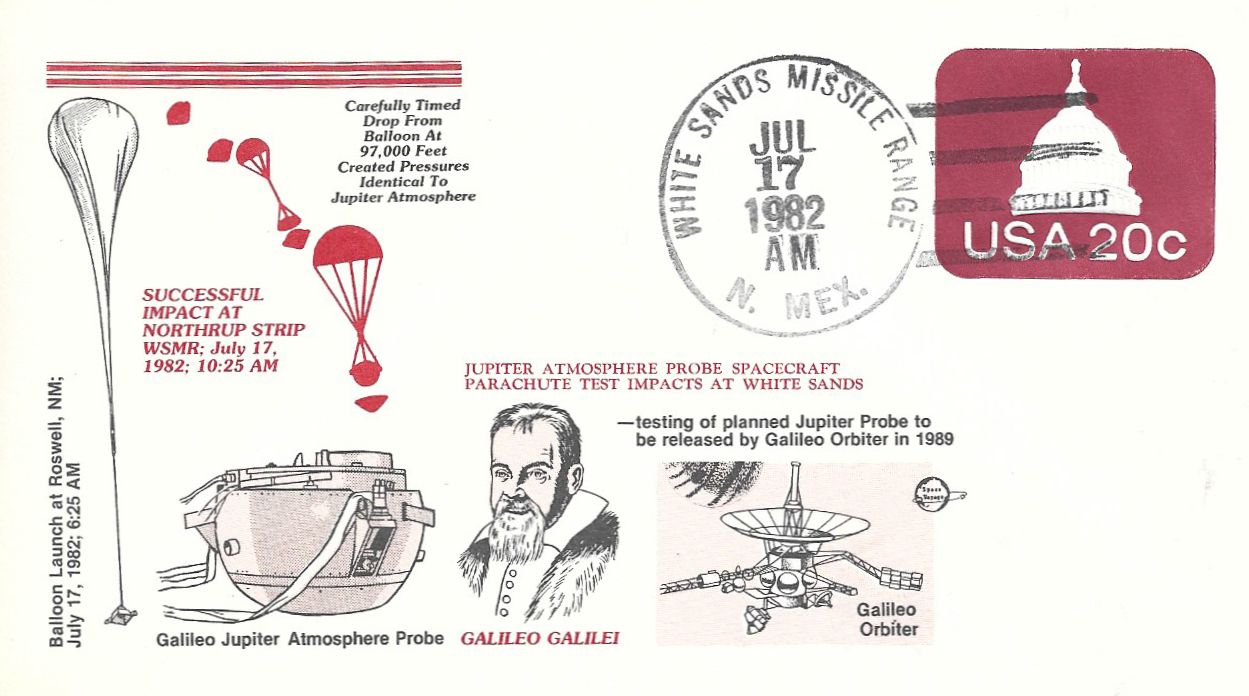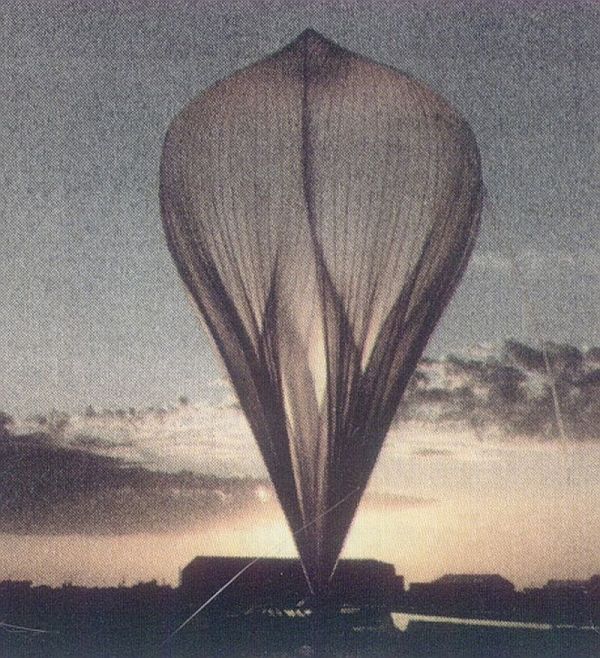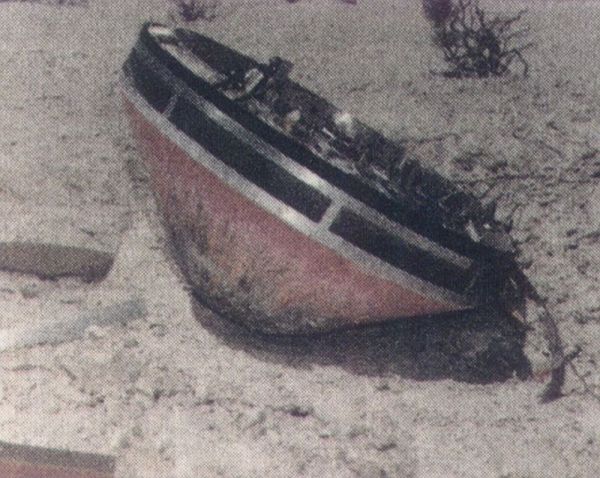Purpose of the flight and payload description
The Galileo Probe was designed to be carried to Jupiter by the Galileo Orbiter and then released to enter the Jovian atmosphere on its own. After a fiery red-hot entry, the Probe will shed its protective heatshield and descend by parachute through the atmosphere of Jupiter, sending data back to the Orbiter until the heat and pressure of the Jovian atmosphere destroy the descent module.
How can the Probe be tested at Earth to make sure that it will work at Jupiter? The only practical way was to lift a test Probe high above the Earth by balloon and drop it.
The test Probe was built by General Electric Co., subcontractor to Hughes Aircraft Co., the prime contractor to the Probe developer, NASA's Ames Research Center. The balloon was provided by the Air Force Geophysical Laboratory, and final tracking and recovery was coordinated at Holloman Air Force Base.
Wind conditions were monitored carefully until the right conditions existed for the test. Not only did the winds have to blow from east to west at these altitudes, but they had to blow fast enough to carry the balloon over White Sands before the batteries ran out onboard the Probe and the supporting Air Force gondola. The drop also had to occur in daylight so the events could be recorded on film.
The Probe was held in the Air Force gondola, which is like an upside-down basket. The gondola provided predrop power, heating, movie cameras, and other balloon-related equipment.
Details of the balloon flight
Balloon launched on: 7/17/1982
Launch site: Roswell Industrial Air Center, New Mexico, US
Balloon launched by: Air Force Geophysics Laboratory (AFGL)
Balloon manufacturer/size/composition: Zero Pressure Balloon Raven - SV-017B - 5.140.000 cuft
Flight identification number: H82-18
End of flight (L for landing time, W for last contact, otherwise termination time): 7/17/1982
Balloon flight duration (F: time at float only, otherwise total flight time in d:days / h:hours or m:minutes - ): ~ 5 h
Landing site: Over White Sands Missile Range, New Mexico, US, USA
Payload weight: 3550 lbs
The balloon was launched om July 17, 1982 from the Roswell Industrial Air Center (Formely the Roswell Air Base).
The gondola (with its Probe cargo) was rolled out of the hangar, hoisted on a portable test crane for weighing, and then transferred to the huge portable launch crane to hang suspended above the ground until the moment of launch. Meanwhile, the 122-meter-long (400-foot) polyethylene balloon was carefully unpacked from its 1.8-meter-square (6-foot) container and stretched out along the deserted runway at Roswell, N.M. Inflation with helium began about one hour before launch, until the 14,546-cubic meter (5.14 million cubic foot) balloon expanded, rose, and tugged at its tether. After launch, at 30-kilometers (18 miles) altitude, its diameter expanded to about 71 meters (233 feet).
As the launch command was given shortly after dawn, a minor hitch in the release mechanism required a sledge hammer. The problem solved, the payload crane truck (with its dangling payload) was driven in the direction of the wind until the truck was directly under the rising balloon and the payload was towed skyward by the rapidly ascending balloon.
Five hours after launch, having been carried about 193 kilometers (116 miles) west by winds up to 66 km/h (40 mph), the Probe was released.
The balloon was destroyed by command several minutes after Probe release, and the gondola drifted to the desert floor on its recovery parachute. A crew was sent to pick up the parts of the Probe and to recover the gondola for future use on other Air Force jobs.
Once the balloon reached the drop zone over the White Sands Missile Range, the probe was released and freefell to an altitude of 17.46 kilometers (11 miles), where the pilot chute deployed (its speed was Mach 0.998 ). At 16.94 kilometers (10.5 miles), the main chute deployed and the aft cover released, and at 16.42 kilometers (9.9 miles), the heat shield separated from the descent module. Moments apart, the pilot chute and after cover smashed to the ground at 68 km/h (41 mph), and the main chute and Probe descent module at 61 km/h (37 mph).
Postal cover issued on launch day commemorating the flight

External references
- AFGL Balloon History since 7/7/1982 in Operational climatology for research ballooning in south central New Mexico (1988)
- Deployment Problem Forces Galileo Test Reschedule Aviation Week, 9/20/1982, Pag. 106-107
- Galileo Parachute System modification program AIAA 8th Aerodynamic Decelerator and Balloon Technology Conference, Hyannis, MA, Apr. 2-4, 1984
2578If you consider this website interesting or useful, you can help me to keep it up and running with a small donation to cover the operational costs. Just the equivalent of the price of a cup of coffee helps a lot.



